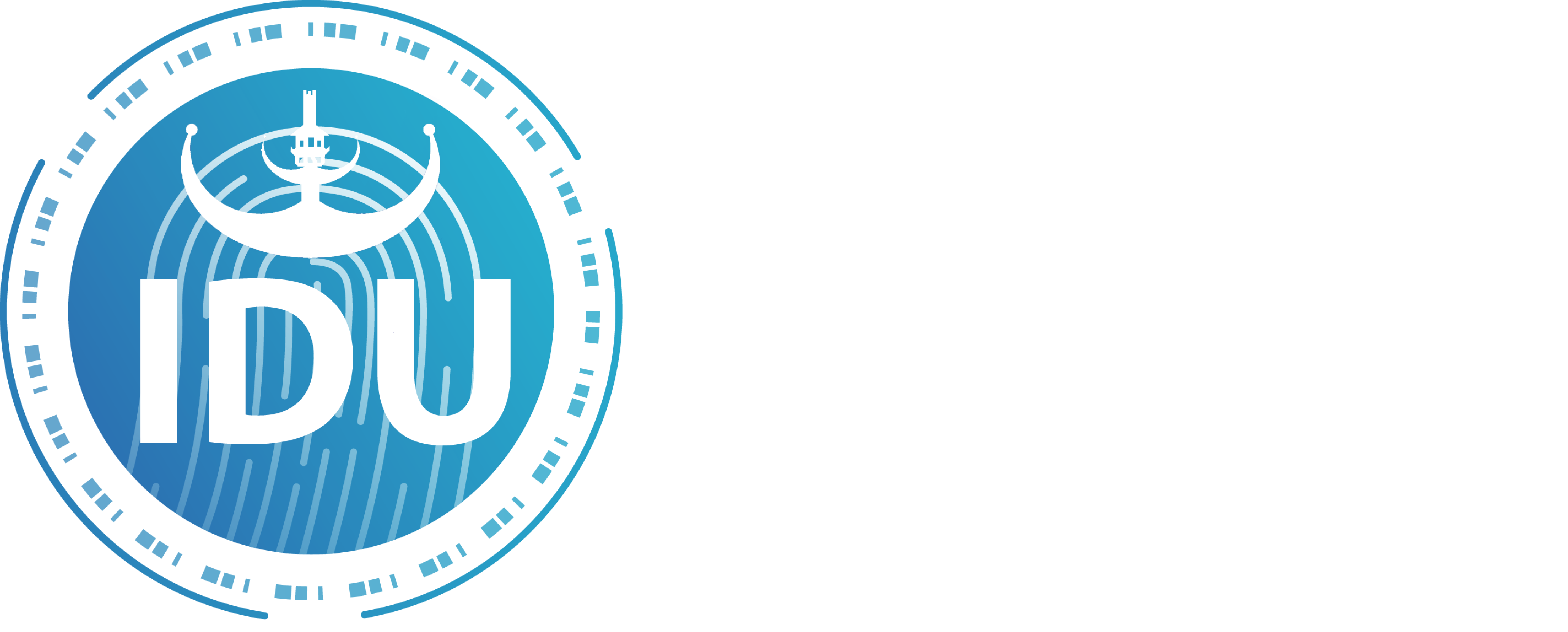Strategic Plan
An Integrated Strategy aiming at the implementation of a unique identity system
Phases and Program Overview
The UID project is divided into 5 phases or components as depicted below
![]()
1. Legal and Institutional
This component establishes the foundations for UIDs. It develops an operational plan and feasibility study to implement this strategy. A project document will be produced by the third quarter of 2021 to raise money through the infrastructure fund, or external financings such as grants or credits. A National ID agency, institute, or mission structure will be formed. A decree-law on Unique IDs Systems will be approved, along with additional laws on Data Protection and Privacy, Cybercrimes, and e-Commerce.
1.1 Project Development
1.2 Legal Instruments for Citizen/Data Protection
1.3 Legal Instruments for UID
1.4 National ID agency or other organization
Timeline

![]()
2. UID Systems Development Component
This component develops the software and processes required to organize and manage UID biographical information, biometric data and unique identification numbers, which will be linked to other databases. It procures all necessary equipment required to register and secure UIDs.
2.1 Procure software and equipment
2.2 Customize UID Software
2.3 Establish UID Security Protocols
2.4 Establish standards and data exchange protocols
2.5 Upgrade DMIS and BIs
Timeline

![]()
3. Registration and Validation
This component collects citizen and residents biographical and biometric information which will be used to establish digital identity and issue an UIN. Validation is done using biometrics to remove duplicate registrations. Cooperation with the civil registry is implemented by supporting an upgrade or overhaul of the DMIS and by implementing joint registration exercises.
3.1 Registration logistics and partnerships
3.2 Implement field level registration
3.3 Validate and certify credentials
3.4 Expand birth registration and integrate UINs into birth registration
Timeline

![]()
4.Use Cases and Functional
This component makes UID registry operational with the ability to carry out authentication services, online and offline, using biographic and biometric information of registered persons. It will also enable functional databases (drivers’ licenses, health data, etc.) to the UID system. It cross-checks and validates the accuracy and completeness of these functional systems while providing access to services for citizens and access to information across government agencies.
4.1 Link to payments databases (Group I)
4.2 Link to MOJ and MOH Database (Group II)
4.3 Link to Voter ID (Group III)
4.4 Link to MOE and MOI Databases (Group IV)
4.5 Link to other approved entities in future
Timeline


5.Communications
This component uses traditional and social media to raise awareness and build support with citizens, civil society, and Ministries to secure buy-in for the objectives of the UID system
5.1 Launching UID
5.2 Consultation on data privacy and legal aspects
5.3 Communication on registration
5.4 Communication on functional databases use
Timeline

Address List
-
Unique ID Secretariat
TIC Timor I.P.
Palacio do Governo
Dili, Timor-Leste - +670 7712-5077
- info@idu.gov.tl
Social Networks
Links List
Unique Identity
Unique ID allows the Government and the private sector to better identify its citizens, and people within its borders by answering the questions such as “Who are you?”, “Are you who you claim to be?”, “Are you authorized or eligible for something?”.
